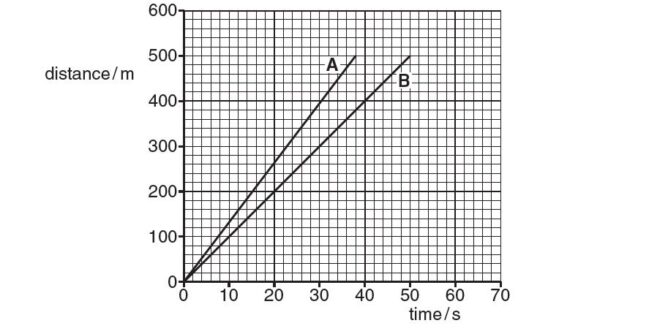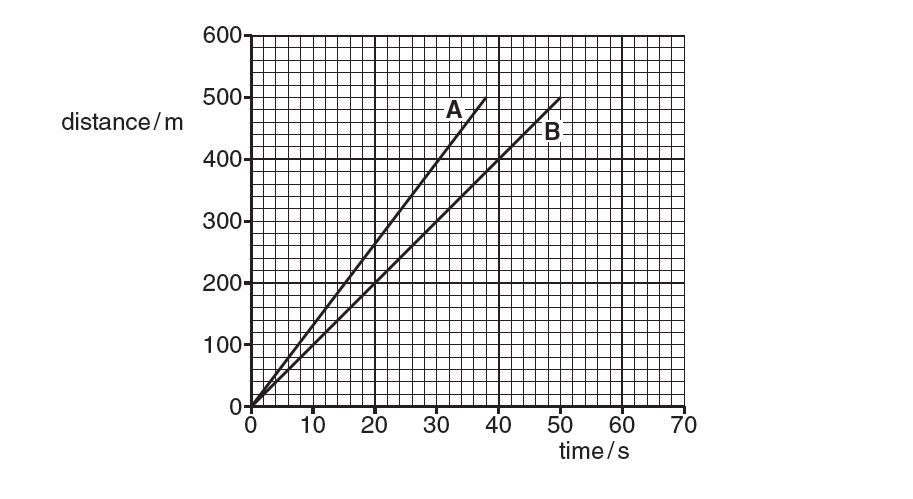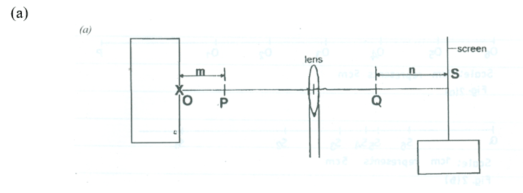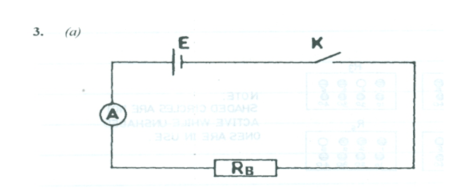
2022 WAEC Physics Alternative to Practical Questions and Answers Here.
The Waec physics practical 2022 answers and alternative to practical question calculations have been detailed below. The West African Examination Council (WAEC) Physics Practical Alternative paper will now be written on Tuesday, 31st May 2022 from 08:30 hrs. to 11:15 hrs. (1st Set) and 11:45 hrs. to 14:30 hrs. (2nd Set).
Candidates who are writing the WAEC Physics Practicals 2022 exam are to take note of the details below. As usual, we will be providing you with the Waec physics apparatus, materials, and calculations that are used for the West African Examination Council May/ June exam. Also referred to as waec physics practical specimen.
The Waec physics practical paper is usually divided into 3 questions (comprising of Mechanics, Waves, and Electricity) with a few other general knowledge calculations.

WAEC Physics Practical 2022 Apparatus & Answers.
QUESTION 1: Apparatus (a) Metre rule
(b) Set of masses (20g, 40g, 60g, 80g, and 100g)
(c) Thread ( about 250 cm long)
(d) Knife-edge
(e) Five pieces of thread each of length about 50cm;
(f) Weighing balance.
(a) You are provided with a uniform metre rule, a knife-edge, masses, and other necessary apparatus.
(i) Suspend the metre rule horizontally on the knife edge. Read and record the point of balance G of the metre rule. Keep the knife-edge at this point throughout the experiment.
(ii) Using the thread provided, suspend the object labeled W at the 15 cm of the metre rule.
(iii) Suspend a mass M = 20 g on the other side of G Adjust the position of the mass until the metre rule balances horizontally again.
(iv) Read and record the position Y of the mass M on the metre rule.
(v) Determine and record the distance L between the mass and G. Also determine and record the distance D between W and G.
(vi) Repeat the procedure for four other values of M = 40g, 60g, 80g, and 100g. In each case, ensure that W is kept constant at the 15 cm mark and the knife-edge at G.
(vii) Evaluate L¹ in each case. Tabulate your readings.
(viii) Plot a graph of M on the vertical axis against L¹ on the horizontal axis.
(ix) Determine the slope s, of the graph.
Evaluate s/D
(x) State two precautions taken to obtain accurate results.
(b) (i) State the principles of moments.
(ii) Define centre of gravity.
ANS: a. (x) state any two of the following precautions in an acceptable form of speech.
– draught was avoided
– parallax error on the reading metre rule was avoided
– repeated readings (must be shown on the table)
– ensured suspended masses did not touch the table.
b. (i)The principle of moment states that for a body in equilibrium, the sum of the clockwise moments about a point is equal to the sum of the anticlockwise moments about the same point.
(ii) The centre of gravity of a body is defined as the point through which its resultant weight acts.
QUESTION 2:
Apparatus (1) Laboratory thermometer
(2) 600ml supply of water
(3) Retort stand and clamp
(4) One copper calorimeter, 150ml capacity; unlagged
(5) Glass rod stirrer
(6) Non-conducting pad for calorimeter(e.g Cardboard)
(7) Measuring Cylinder (200ml)
(8) Stopwatch/clock
(9) Bunsen burner/source of heat.
a) Diagram

The principal foci, P and Q, of a converging lens were determined. The image of an illuminated object O, placed at a distance, m, from P is obtained on a screen S placed at a distance n from Q as shown in the diagram above. The procedure is repeated for various values of m and the corresponding values of n were measured and recorded.
In figure 2 (a), POi represents the distance mi between P and the positions of the illuminated object Oi.
(i) Measure and record the values of m = POi using the given scale.
(ii) Measure and record the corresponding values of n = QSi using the given scale.
(iii) Evaluate n-1 in each case.
(iv) Tabulate your readings.
(v) Plot a graph with n-1 on the vertical axis and m on the horizontal axis.
(vi) Determine the slope, s, of the graph.
(vii) Evaluate k=1/<s
(viii) State two precautions that are necessary to ensure accurate results when performing this experiment.
(b) (i) State two applications of a converging lens.
(ii) An object is placed 10 cm from a converging lens. When a plane mirror is placed vertically behind the lens, the image formed coincides with the object. Calculate the focal length of the lens.
QUESTION 3:
Apparatus (i) Voltmeter (0 -2V)
(ii) Two dry cells (1.5V each) connected in series(connecting leads should be provided for the battery)
(iii) Potentiometer
(iv) Key/switch
(v) Jockey
(vi) Metre bridge
(vii) Connecting wires
(viii) Ammeter (0 – 2A).
a) Diagram

A circuit is connected as shown in the diagram above. The e.m.f. of battery is 1.5 V with the resistance in the resistance box RB set at RI and the key K closed, the current II in the circuit is read with the ammeter A. The procedure is repeated for five other values of R.
(i) Read and record the values of R.
(ii) Read and record the corresponding values of I.
(iii) Evaluate P = in each case.
(iv) Tabulate your readings
(v) Plot a grace with P on the vertical axis and R on the horizontal axis starting both axes from the origin (0,0).
(vi) Determine the slope, s, of the graph.
(vii) Determine the intercept, c, on the vertical axis.
(viii) State the physical quantity represented by the intercept on the vertical axis.
(ix) State two precautions that are necessary to ensure accurate results when performing this experiment.
(b) (i) Define the internal resistance of a cell.
(ii) A cell of e. m. f. 4.5 v is connected across a resistor of resistance 4 Ω. If a current of 0.9 A passes through the circuit, calculate the internal resistance of the cell.
Similar Posts:
- Physics Practical Waec Expo 2020 Free Answers
- 2022 Waec Objective Question And Answers – Free WAEC
- WAEC Physics Questions and Answers 2022 (Theory & Obj 100% Verified Expo)
- WAEC Agric Practical Questions and Answers 2022 Theory & Obj Expo
- 2022 WAEC Chemistry Practical Answers & Questions [14th June]
